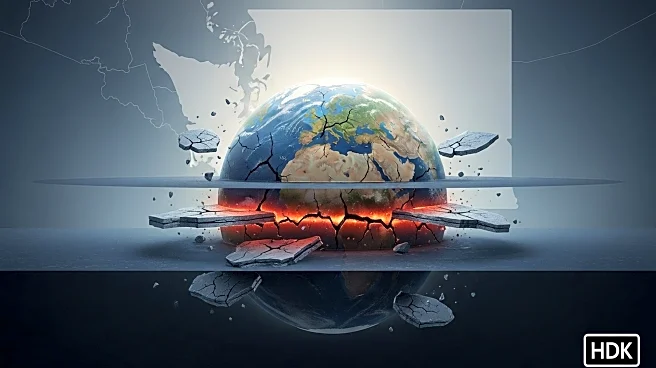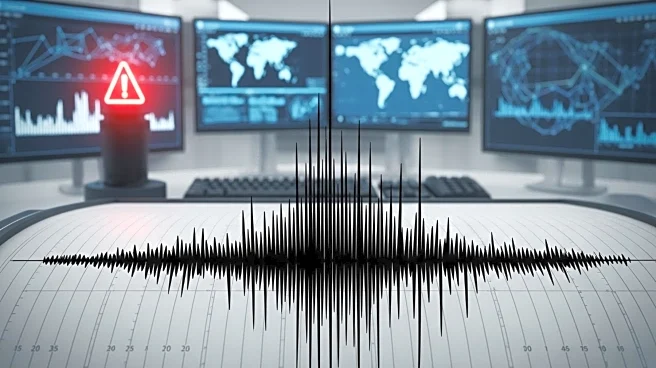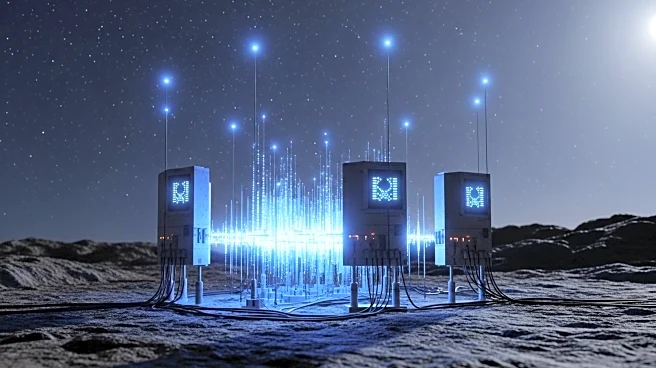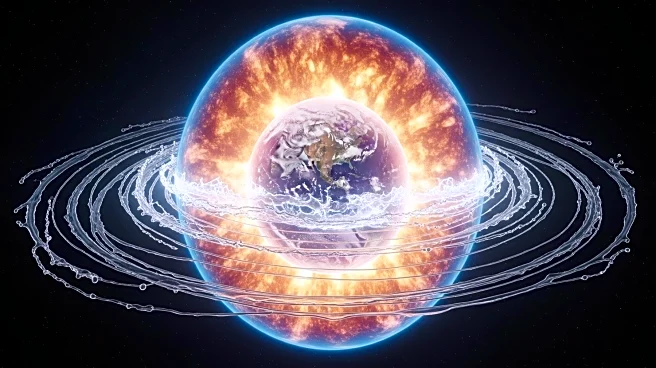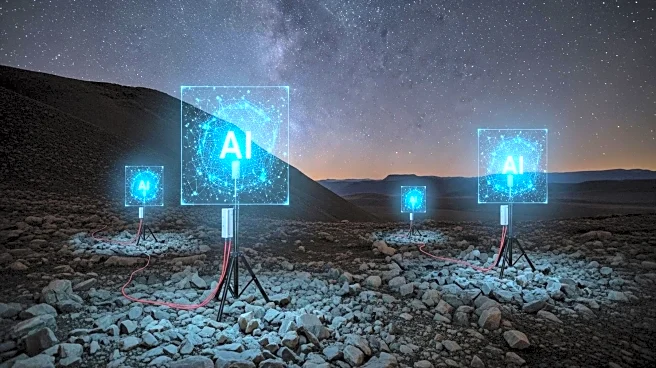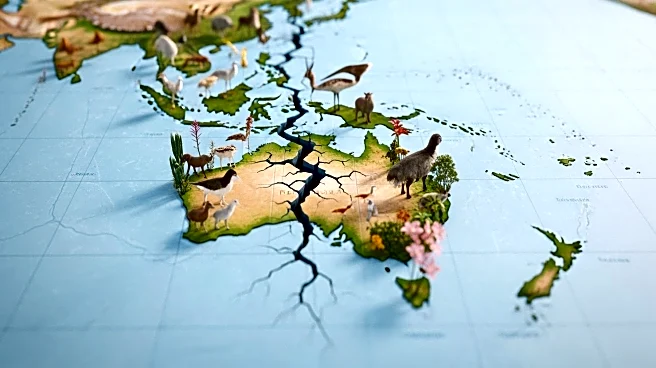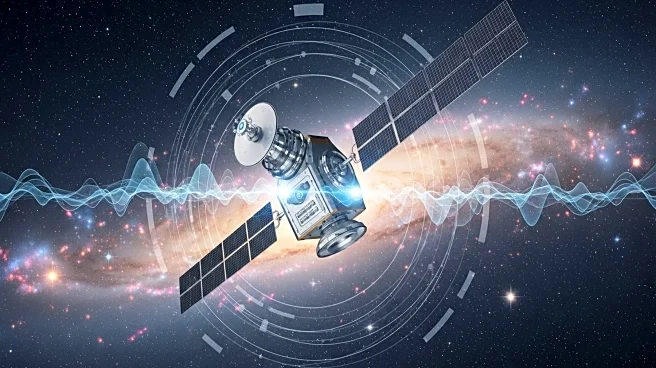What is the story about?
What's Happening?
Researchers have captured a rare geological event where a subduction zone near Cascadia is actively fracturing. This discovery, published in Science Advances, provides new insights into the dynamic processes shaping Earth's crust and raises questions about long-term earthquake risks in the Pacific Northwest. Subduction zones are powerful geological systems that propel continents, generate earthquakes, and recycle Earth's crust. The study, led by Brandon Shuck from Louisiana State University, used seismic reflection imaging and earthquake data to observe a subduction zone breaking apart off Vancouver Island. The findings show the tectonic plate is tearing apart piece by piece, forming microplates and new boundaries. This gradual breakup helps explain features in Earth's history, such as abandoned tectonic plate fragments and unusual volcanic activity.
Why It's Important?
The unraveling of the subduction zone near Cascadia has significant implications for understanding earthquake risks in the Pacific Northwest. As the tectonic plate breaks apart, it reshapes Earth's surface, potentially creating slab windows that fuel volcanic activity. This process could influence how earthquakes propagate, affecting seismic hazard models. While the findings do not change the immediate hazard outlook for Cascadia, they refine models of structural complexities affecting earthquake behavior. The region remains capable of producing large earthquakes and tsunamis, and understanding these new breaks will improve seismic hazard studies.
What's Next?
Researchers are exploring whether a major earthquake could rupture across these newly discovered tears or influence rupture patterns. The study's findings will help refine models used to study seismic hazards in the Pacific Northwest. As each fragment detaches, it reshapes Earth's surface, and the cycle repeats, creating new microplates and volcanic activity. The ongoing research aims to improve understanding of earthquake risks and refine hazard models for the region.
Beyond the Headlines
The study provides a deeper understanding of how subduction zones collapse, offering insights into Earth's geological history. The episodic breakup of tectonic plates explains puzzling features like fossil microplates and volcanic activity bursts. This gradual unraveling process leaves behind geological evidence, reshaping Earth's surface over millions of years.
AI Generated Content
Do you find this article useful?
